One of the reasons we started this conversation was the paper Sungrow released on grid-forming technology. Could you walk us through why you published it and what it covers?
Of course. We released the paper to share the insights and technical progress we’ve made in grid-forming technology. As more inverter-based resources connect to power systems globally, we recognized the need to provide a clear overview of what grid-forming actually involves – not just as a control concept but as a multi-layered integration of hardware, software, and system-level engineering. The paper highlights how we replicate the fundamental behaviors of synchronous generators, such as inertia and damping, while maintaining the flexibility of power electronics. It’s also an effort to contribute to industry-wide understanding and collaboration.
How long has grid-forming been in development, and what has the path looked like for Sungrow?
The concept dates back one or two decades. The industry has been working on its implementation, and different manufacturers may take slightly different approaches. At Sungrow, our journey has focused on building a solid technological foundation that merges the physics of traditional generation with the advantages of modern inverter systems. That includes everything from frequency response and short-circuit support to thermal management and multi-layer control architectures. Our aim has always been to bring stability, scalability, and interoperability to complex power systems— on- and off-grid.
To continue reading, please visit our ESS News website.
This content is protected by copyright and may not be reused. If you want to cooperate with us and would like to reuse some of our content, please contact: editors@pv-magazine.com.

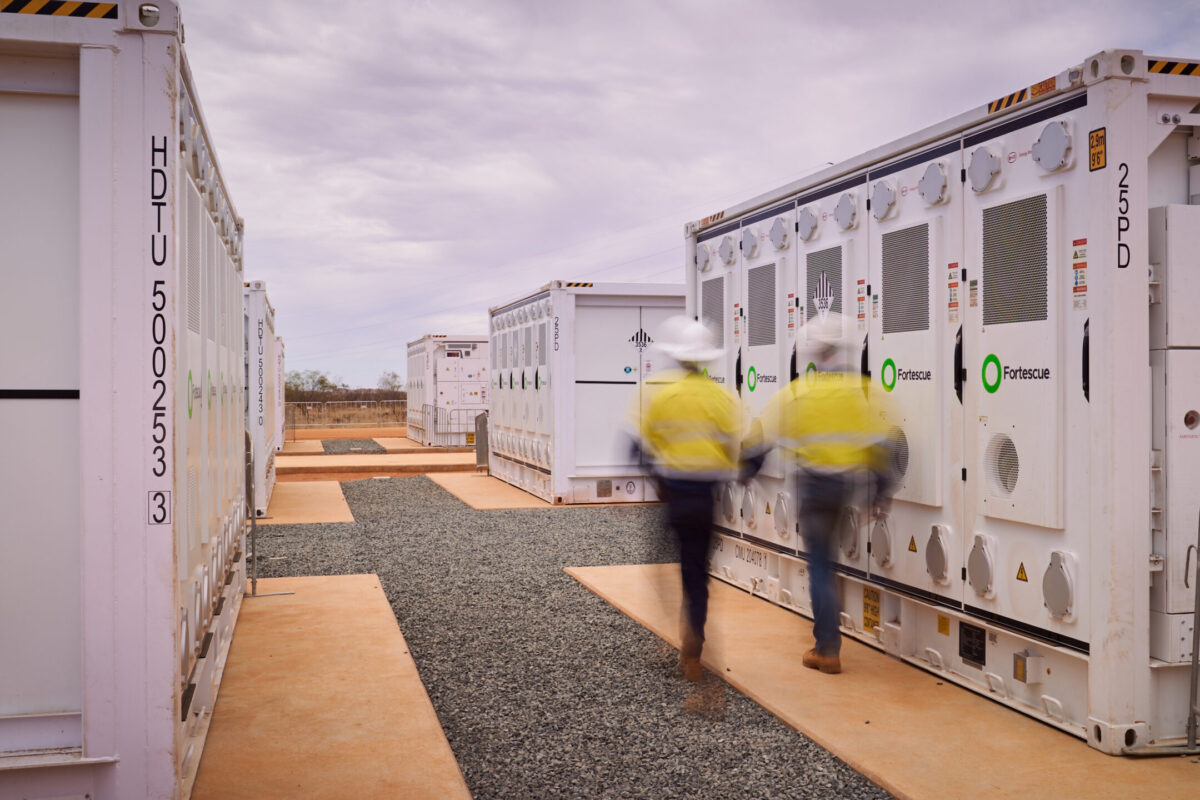


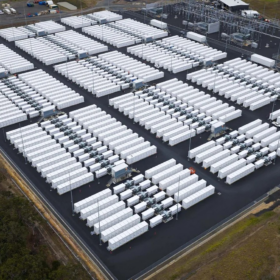
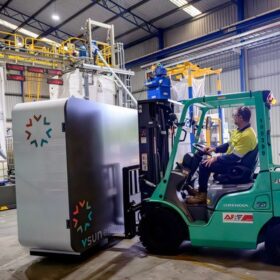
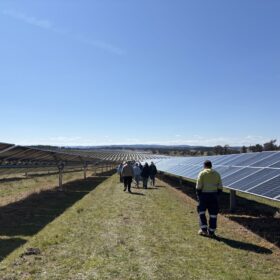
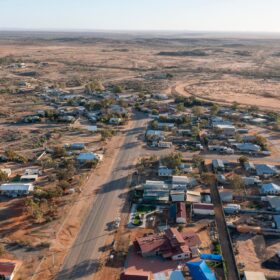
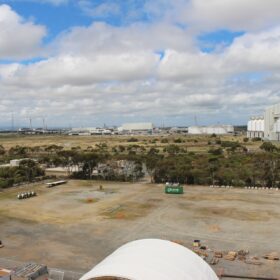
By submitting this form you agree to pv magazine using your data for the purposes of publishing your comment.
Your personal data will only be disclosed or otherwise transmitted to third parties for the purposes of spam filtering or if this is necessary for technical maintenance of the website. Any other transfer to third parties will not take place unless this is justified on the basis of applicable data protection regulations or if pv magazine is legally obliged to do so.
You may revoke this consent at any time with effect for the future, in which case your personal data will be deleted immediately. Otherwise, your data will be deleted if pv magazine has processed your request or the purpose of data storage is fulfilled.
Further information on data privacy can be found in our Data Protection Policy.